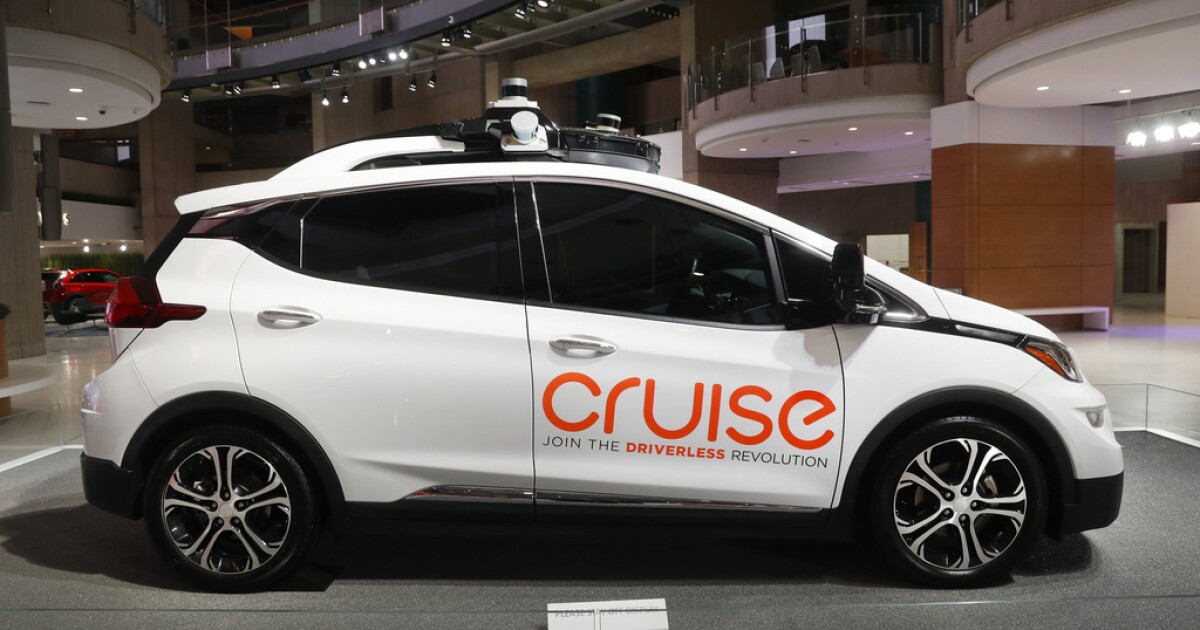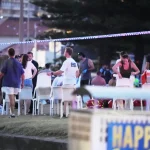

California’s automotive regulator has clamped down on the presence of self-driving taxis within San Francisco less than two weeks after approving its expansion, which seems to confirm hesitancy about the hardware.
The California Department of Motor Vehicles announced on Sunday that it was forcing General Motors’s robo-taxi service Cruise to cut its fleet of self-driving vehicles within San Francisco in half less than two weeks after state agencies authorized the unlimited expansion of their operations. This forced shrinking of the fleet arose days after one of Cruise’s vehicles was reported crashing into an emergency vehicle, one of the many issues that automated vehicles have to face on city streets.
UP FOR DEBATE: TRUMP, DESANTIS, AND 2024 GOP HOPEFULS’ STANCE ON AI
The DMV stated on Sunday that they are investigating “recent concerning” incidents involving Cruise vehicles and that the automotive operator and law enforcement are cooperating in the initiative.
Cruise confirmed they are working with the DMV but framed the crashes as part of everyday life.
“Over one hundred people lose their lives every day on American roadways, and countless others are badly injured,” Hannah Lindow, a Cruise spokeswoman, told the Washington Examiner. “We believe it’s clear that Cruise positively impacts overall road safety, and look forward to working with the CA DMV to make any improvements and provide any data they need to reinforce the safety and efficiency of our fleet.”
Vahid Behzadan, a data and computer science professor at the University of New Haven, told the Washington Examiner: “The point of self-driving cars is not to eliminate accidents, but to reduce the number of accidents.”
Behzadan does research on safety and security through artificial intelligence-powered tools. The car’s struggles may arise due to blind spots and chaos theory, Behzadan claims. While notable parts of driving are trackable, it is difficult for AI to interpret quickly changing situations, such as approaching emergency vehicles or speeding cars. This will place the vehicles in places of danger if not remediated.
The California Public Utilities Commission announced on Aug. 10 that it was authorizing autonomous companies like Cruise and Waymo to begin expanding their fleet of vehicles. With the expansion came several new vehicles to the streets. And as more cars filled the streets, the robotaxis faced increased exposure to the roads and more bad driving decisions.
At least three crashes were reported in the days after the CPUC vote. A fire engine struck one of Cruise’s vehicles as it entered an intersection on Thursday while the emergency vehicle was rushing to a scene. A second was hit on Friday while another car ran through a red light. And a third drove into wet concrete in a construction area and ended up stuck on the Golden Gate.
CLICK HERE TO READ MORE FROM THE WASHINGTON EXAMINER
Other incidents involved nearly a dozen Cruise vehicles disrupting traffic during a San Francisco music festival. Other firefighters reported that they had to smash windows in driverless cars to move them out of the way.
It remains unclear if Cruise can account for all the possible dangers its vehicles face daily, Behzadan. However, the public appears hesitant to trust such a car. More than 70% of people said they were afraid of self-driving vehicles, according to an AAA poll in March.





